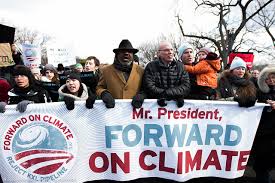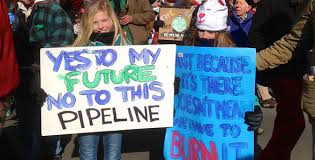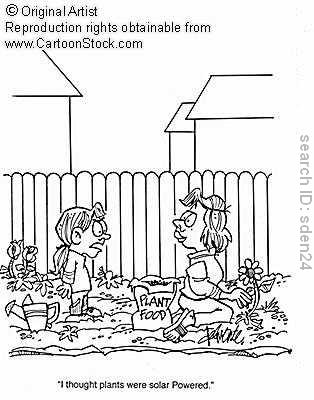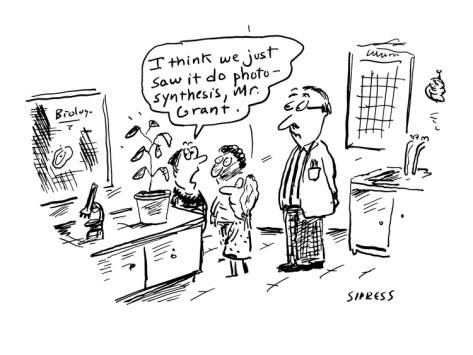This semester in Carbon Capstone has been an interesting experience. I have learned so much about myself over the past 4 months. I learned that I love to do research and I actually like public speaking. One of the major aspects of this course was to conduct a research project based around carbon. For our project, we wanted to determine the amount of carbon consumed in different environments. I learned how to use an environmental gas monitor and different measurement kits to collect the data needed. At the beginning of the semester, we were taught how to use the equipment and how to collect our data. Afterwards, we had to write up a lab report that would be turned into a poster. I’ve always wanted to create a research poster and I was excited at the opportunity to make one for this course. We were able to use ANOVA , which analyzed our results. I liked the idea of using Google drive to put the project together. One of the challenges was finding time outside of class to complete the poster. However, I found that a majority of the work was done when all of us were together. My previous labs have helped me in writing the pieces of the poster but this was much more intense. I say this because this is a unique project. Most of the time when we were writing lab reports for other classes, everyone was writing the same thing. For our project, we were able to come up with what we wanted to test and we are able to present this to other scientists. What made the poster different from our previous powerpoint presentations was that we all had to work collectively instead of individually. Also the information is on a giant slide as opposed to a collection of slides. We wanted our poster to be unique and visually appealing. This would keep the viewers interested in what we are telling them when we present the poster at VCU’s Rice Center Symposium.
At the beginning of the course I was apprehensive about teaching highschool students. Just the thought of having to lead a class made me super nervous. I felt that these students would not be interested in what I had to say about the carbon cycle. What I truly appreciated was that our instructors helped us every step of the way. There was enough time to put together the modules and we were given critiques to tweek our presentations. I learned that as long as I am passionate about what I am saying then I would be able to keep my audience’s attention. When we had a lecture from the school of education, I was more prepared to engage the highschool students. When it was time to teach, I was amazed with myself that I could actually get my point across and that the students seemed interested in what I said to them. I was fortunate to have the same class for all three of my modules and was able to build a rapport with the students. They were knowledgeable about the carbon cycle and seemed to care about what to do to preserve the environment. My presentation skills definitely improved because I was really confident and not too nervous. The hardest part about teaching was dealing with students talking while I was speaking. Instead of stopping, or looking/feeling anxious, I just kept on speaking to the rest of the class and eventually the students who were talking would listen. I was most comfortable with the Data Analysis module. I loved the Lab module because I was able to keep each student occupied with a different task but the Data Module was my favorite. I say this because this was the most challenging one for me to present. The mock presentation did not go as well as my other two mock modules. Now in all honesty I am a perfectionist so when I don’t do something well the first time, I will try my hardest to be better the next time. The Data Analysis was challenging because I had to teach Excel and help students at the same time. Thank goodness I had Eric to help me because that module went pretty smoothly. The main reason why it was my favorite was because I showed the students different tasks Excel can do and afterwards they wanted to use it for every subject. I believe that is what teaching should be about:present a new idea/method and opening up a student’s mind to new possibilities.
The first module had a lot of information and we had to make it as informative and concise as possible. I had to look up the information online and watch YouTube videos to gain a better understanding of the material. I am a visual learner so I played an online game that helped in learning the material. I was also able to go to our instructors to help me gain a better understanding of the why should we care section and how to explain the photosynthesis and respiration. I also took the advice of our instructors and taught each module to my family and some friends. Since they had no idea what each topic was about, I was able to gauge the type of questions I would have to answer. I was also able to gauge the length of each module so that I knew the type of pace I should have. I used activities like the vinegar & balloon experiment, questions on index cards and a carbon footprint worksheet. What truly helped the most was being able to view the instructors and my classmates teach the modules. This was a great strategy to see what tools I would need to bring, the classroom setting and the mesocosm I would work with. The least effective strategy was practicing the presentation by myself at first. This wasn’t helpful because I was unable to know what I was doing right/wrong. The way that the mock modules were setup was helpful because I had my own day to present and got feedback from my instructors and classmates. I also was able to try the activities with them to see whether or not they were interested in doing them. Afterwards, I was able to tweek my modules using the critiques and had successful presentations.
I really enjoyed coming to this class because it was only four students and four instructors. The instructors made me feel welcome and less intimidated. They are students as well and were understanding to everyone’s schedule. I really liked the lecture from the school of education and future class should have that same lecture. It would help them to feel more at ease about presenting. I liked the recycling lecture and maybe in the future a class trip to the Richmond landfill would put in perspective what happens to our trash. The blogs each week really helped because it was interesting to see different ideas that we had on a topic. The blogs also helped me in citing articles better. Also when we had to put our poster together, we were able to use the articles from our blogs. I really liked the TED talks on the instructors’ blog. They opened my mind to the future of technology. I especially like the “green” apartment building.Another aspect of the course I liked was going to the Rice Center. I knew it existed but never had the opportunity to go there. It would have been nice to go to the Rice Center for our modules. However, I liked the way that everything was broken down into three parts instead of two because I did not feel rushed to get through the material. I liked the idea of doing the mock Data Analysis module in pairs and maybe this could be done in the classroom as well.
Now that I have done the course I know the carbon carbon inside and out! I am able to teach random people about it. I have changed my habits a little bit after completing the carbon footprint worksheet.I am more conscious about my carbon footprint and by changing a few bad habits I know my score is much lower than the first score. I learned the different colors of carbon, which was very cool. I plan to use my presentation skills to sell myself for job/school interviews. I am also more aware of climate change in the news. Knowing what I know now about greenhouse gases, I am able to tell my friends and family the truth about what is really going on as opposed to what the media is saying. Studies have shown that the media relay deceitful information about global warming(Liu et al, 2008). It is up to us as scientists to inform others of the reality of what is happening to our environment.

I am glad that this class is offered as a Senior Captone because it helped to reinforce what my future goal is (to become a doctor) and more confidence in myself. I have the skills to become a better researcher and better biologist.

Liu, Xinsheng, Arnold Vedlitz, and Letitia Alston. “Regional News Portrayals of Global Warming and Climate Change.” Environmental Science & Policy 11.5 (2008): 379-93.













